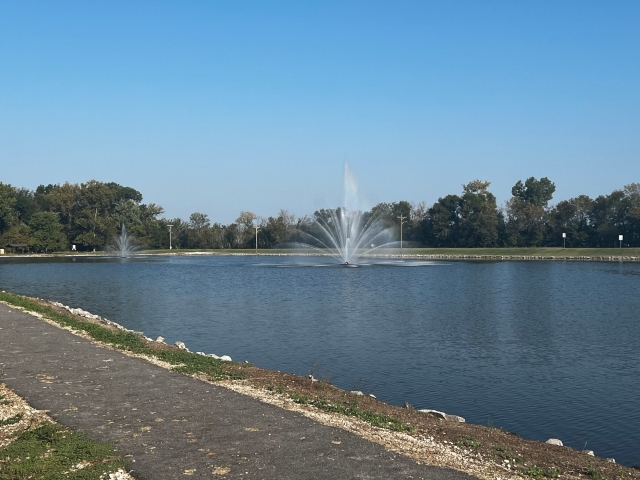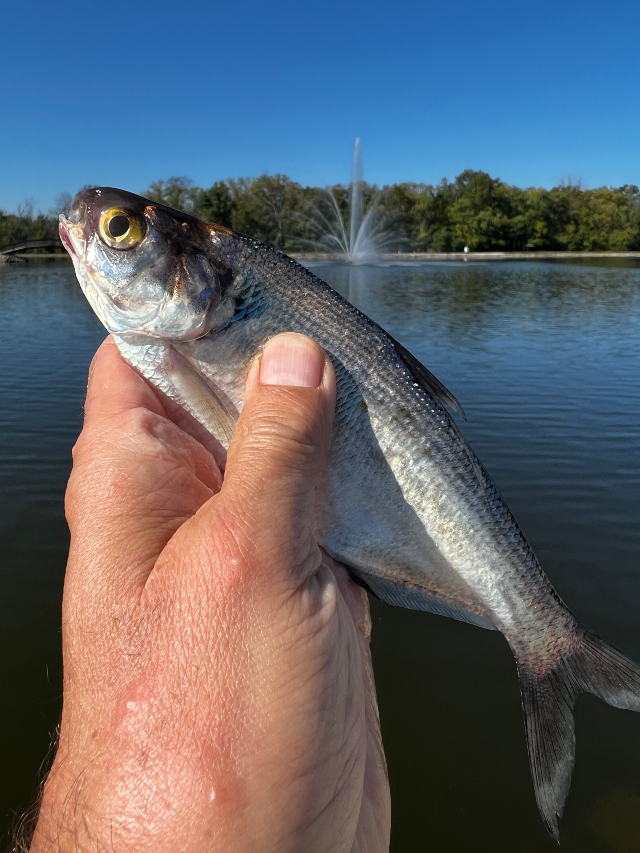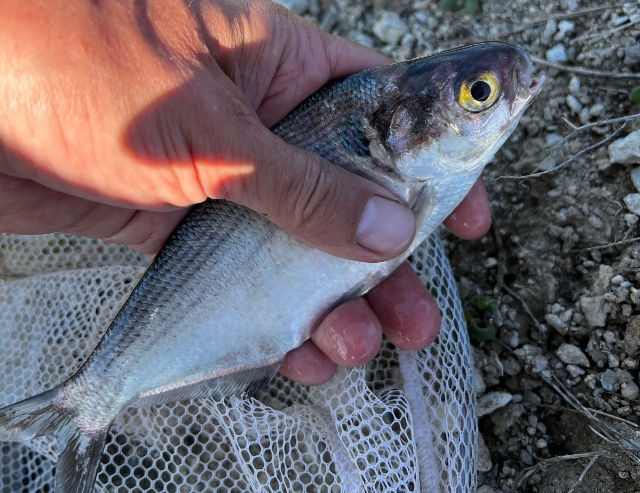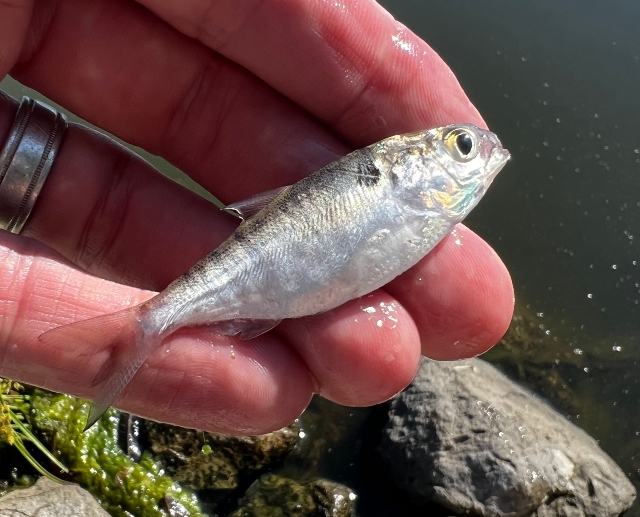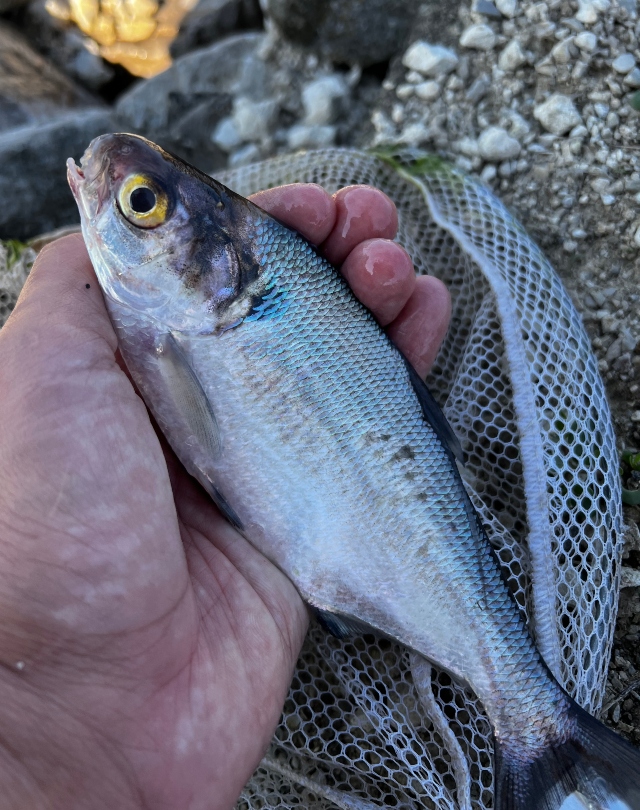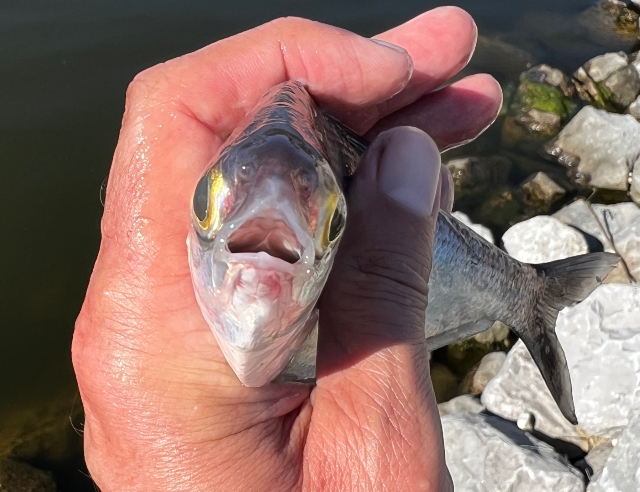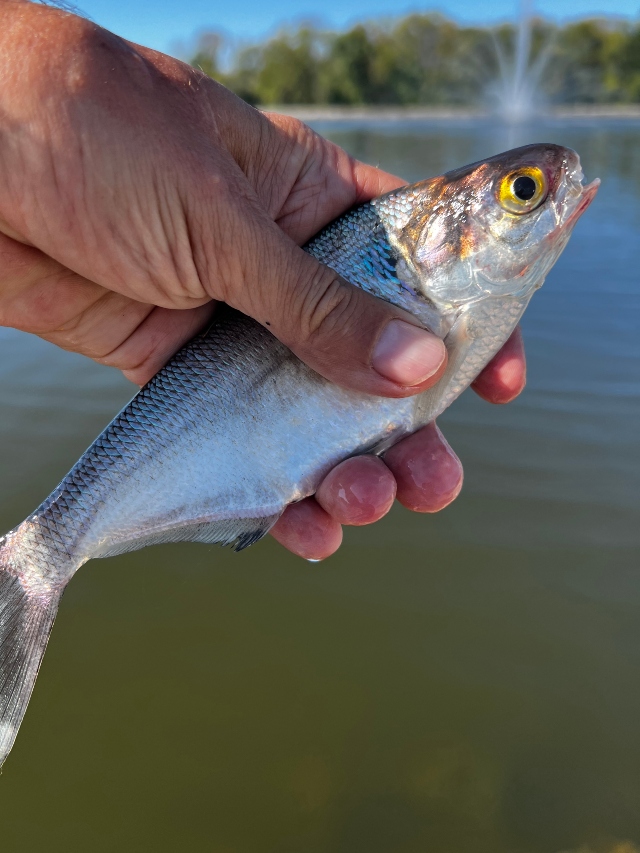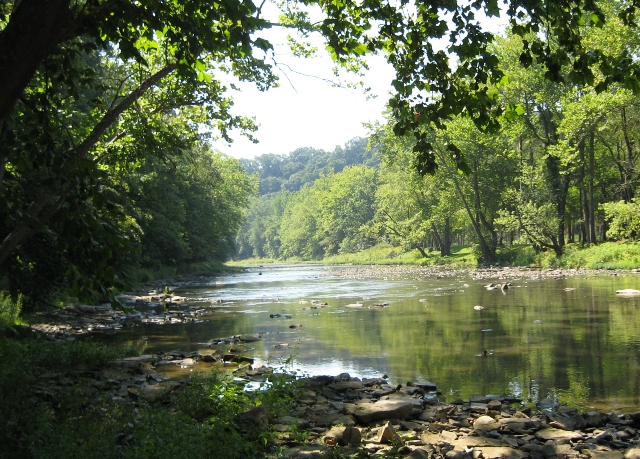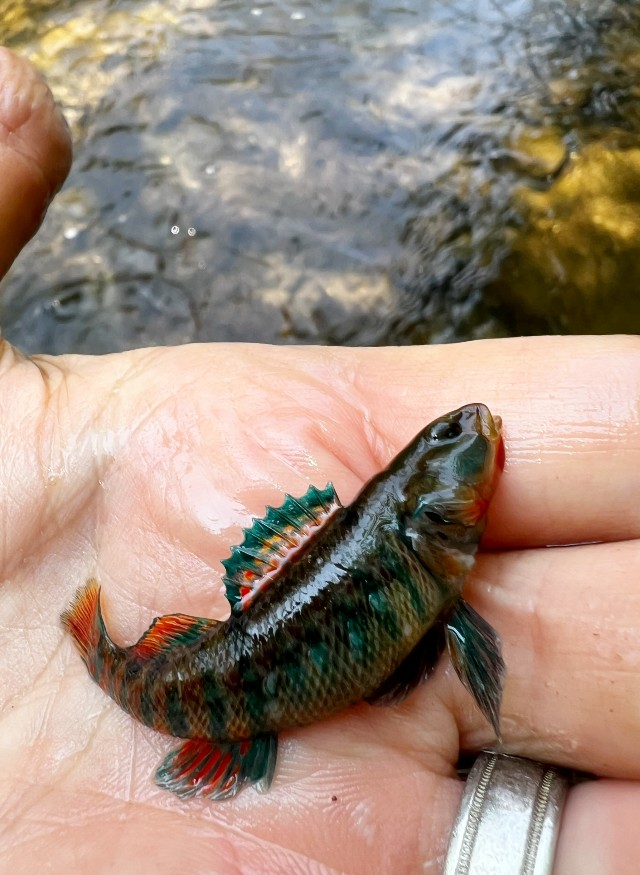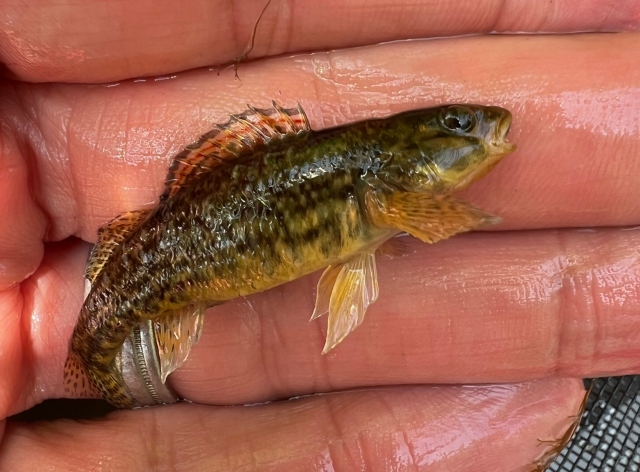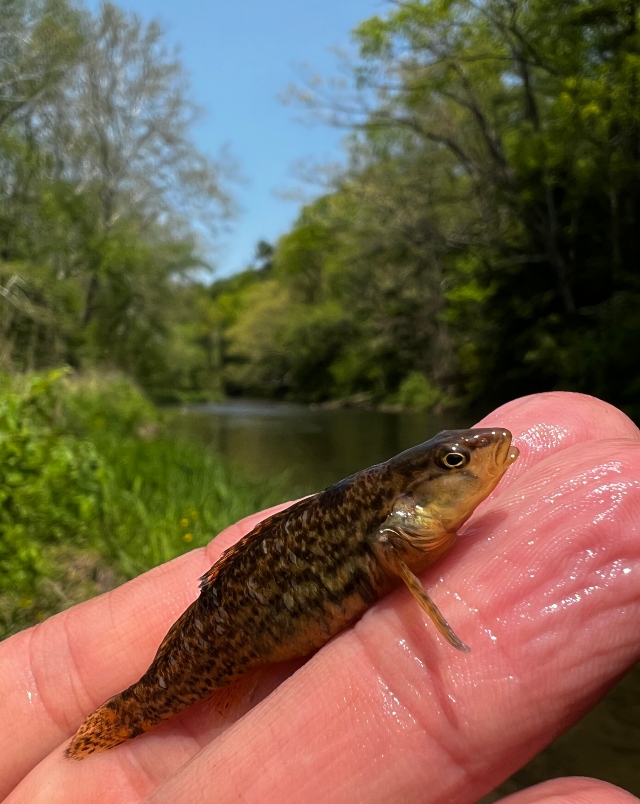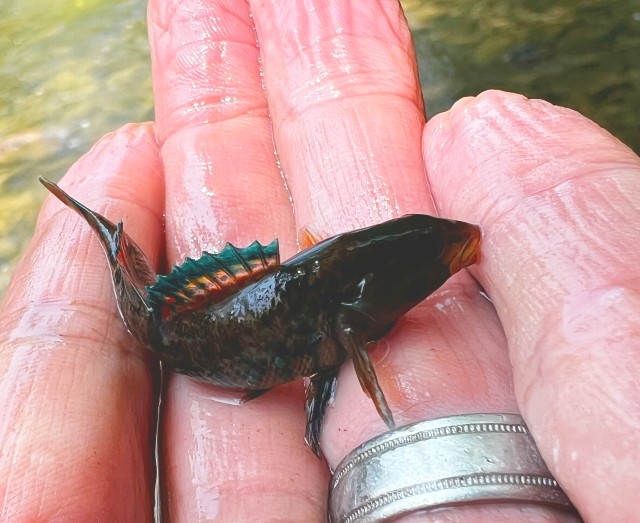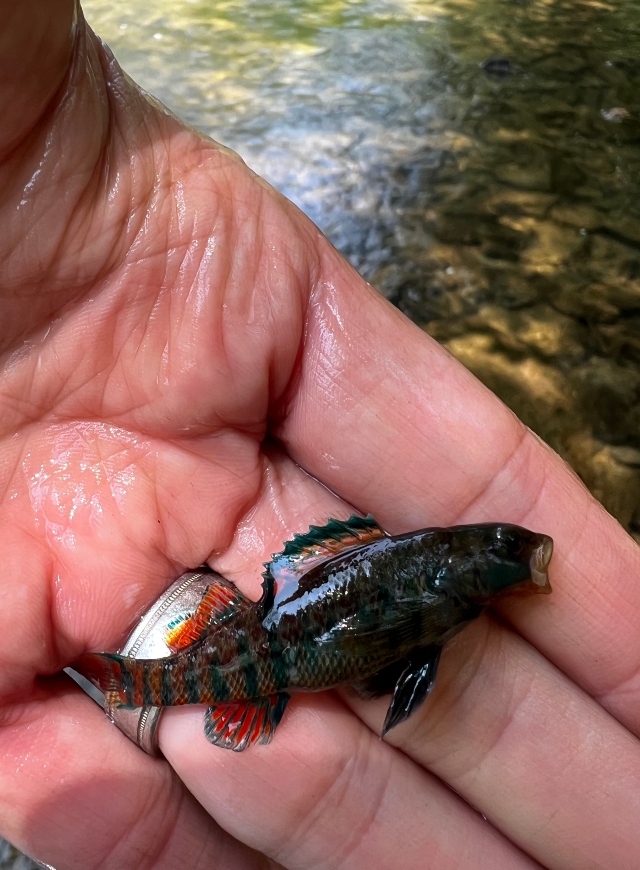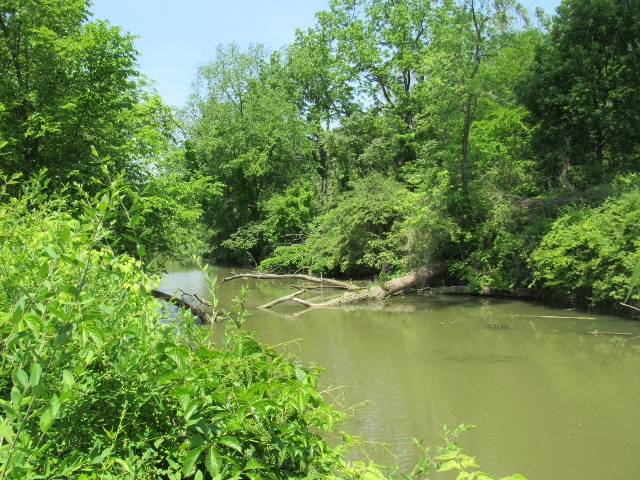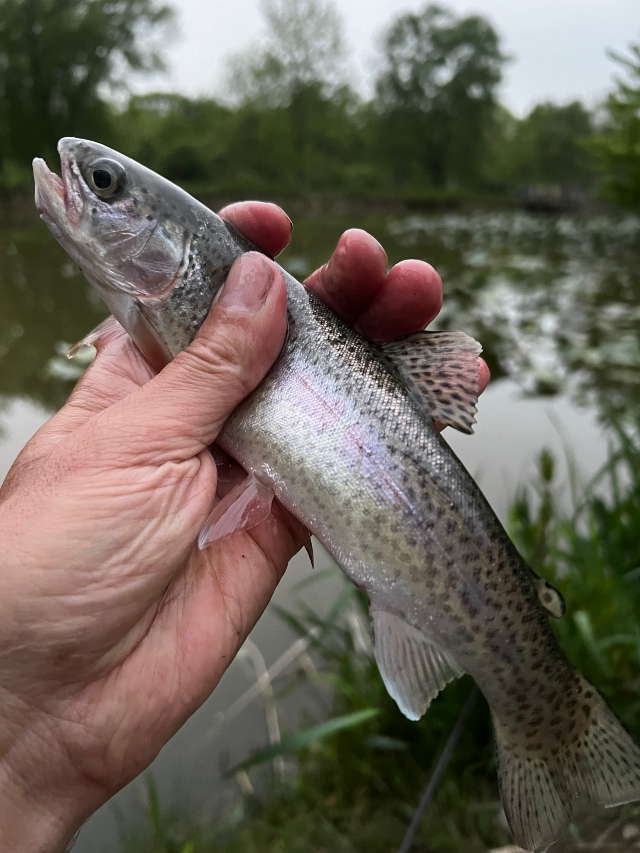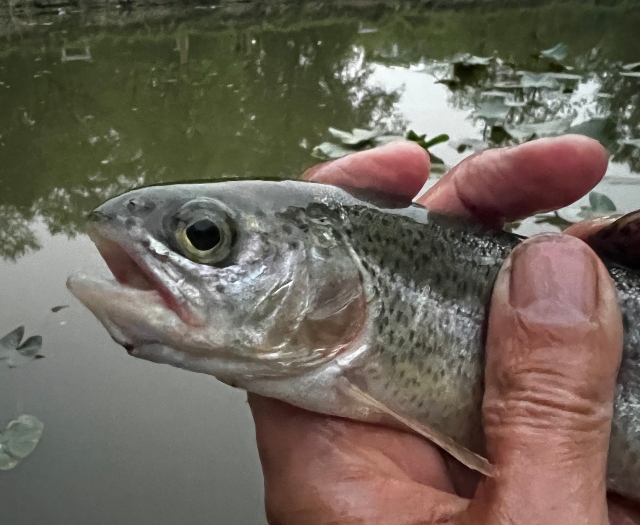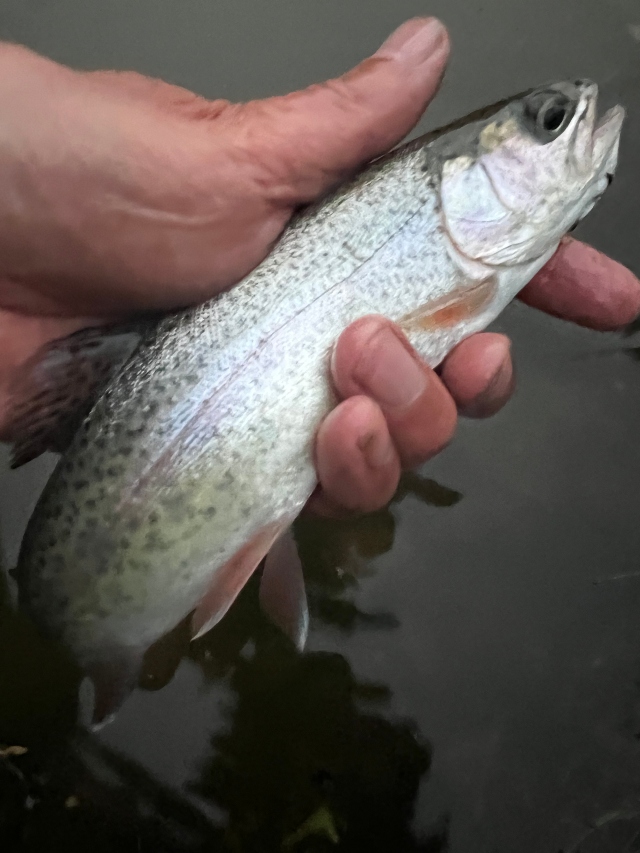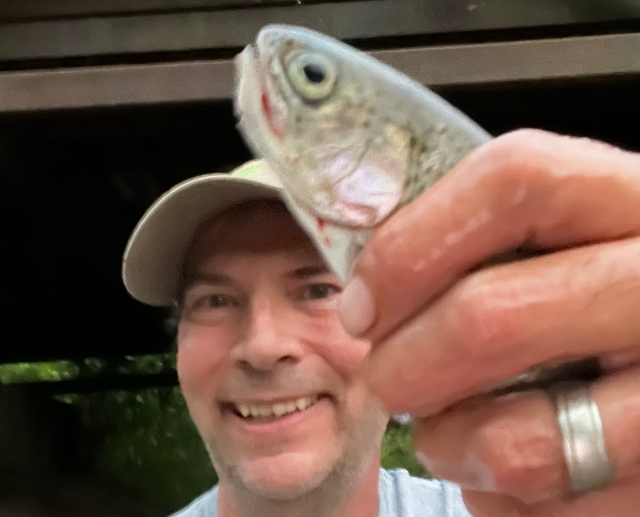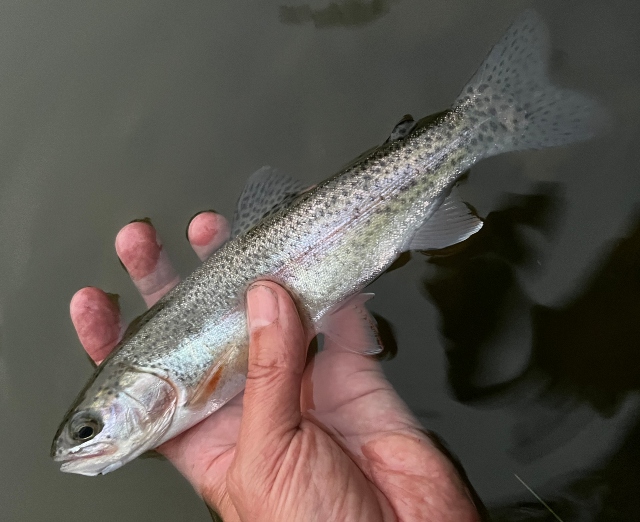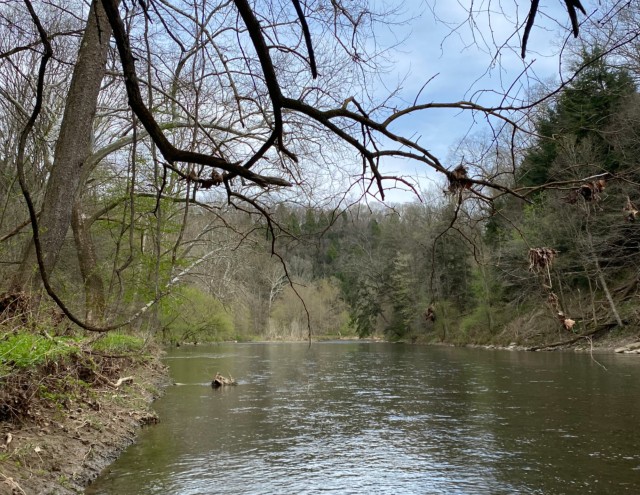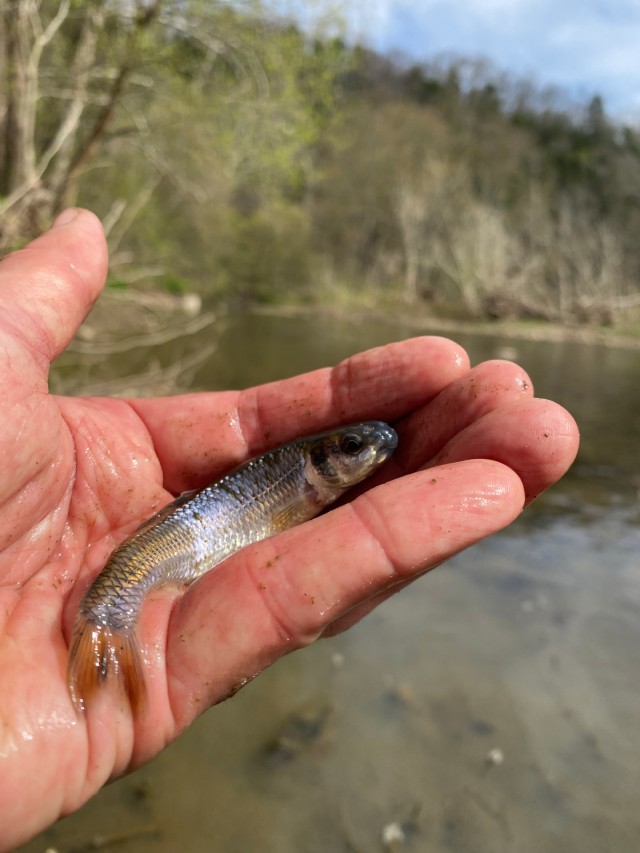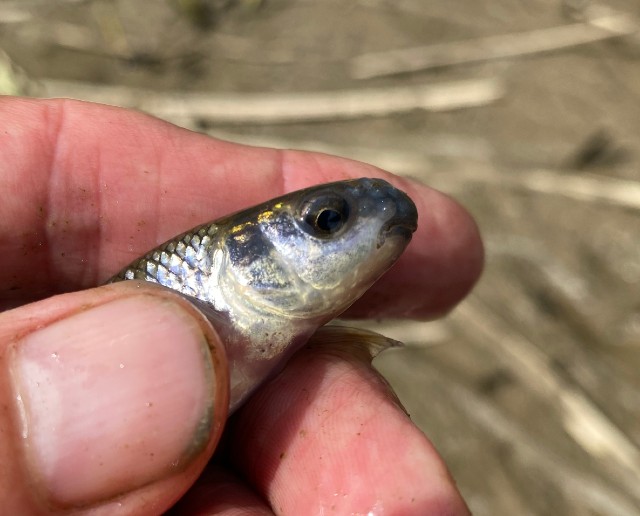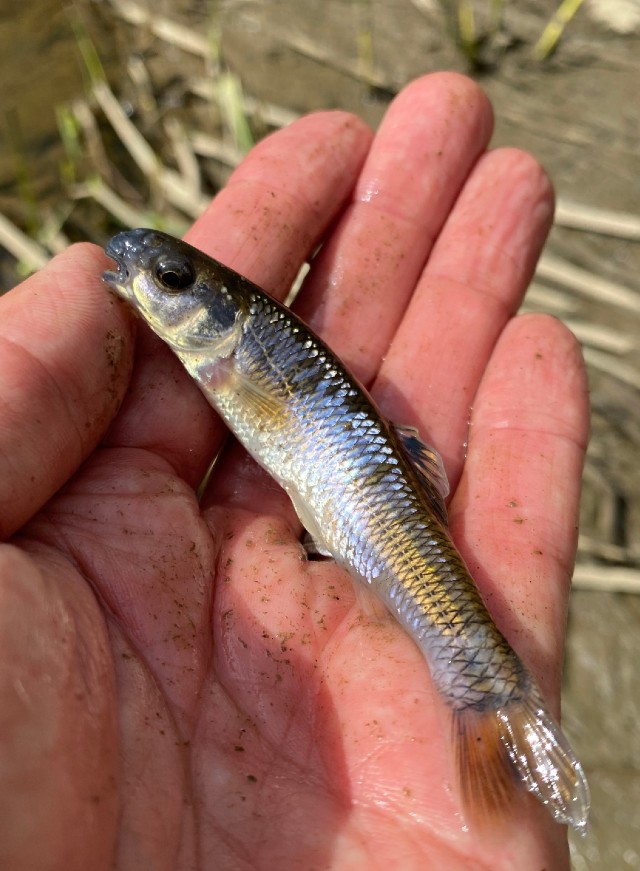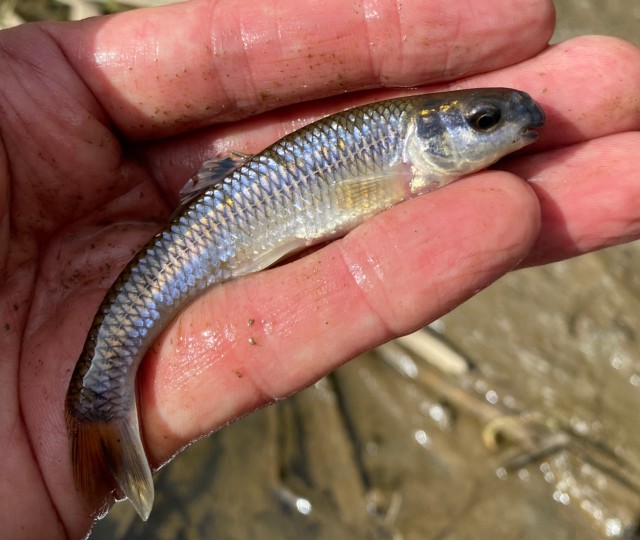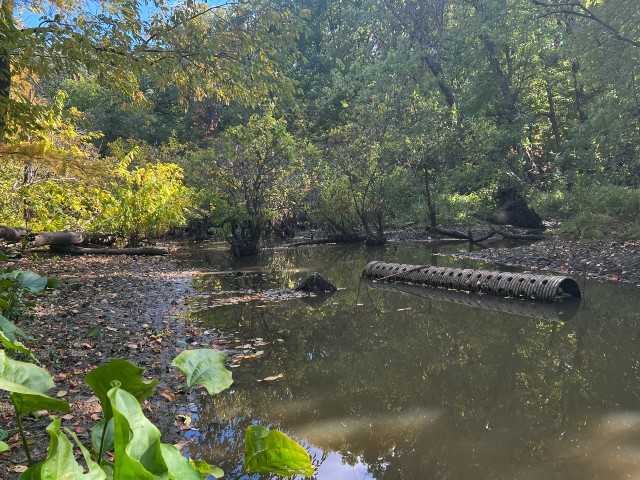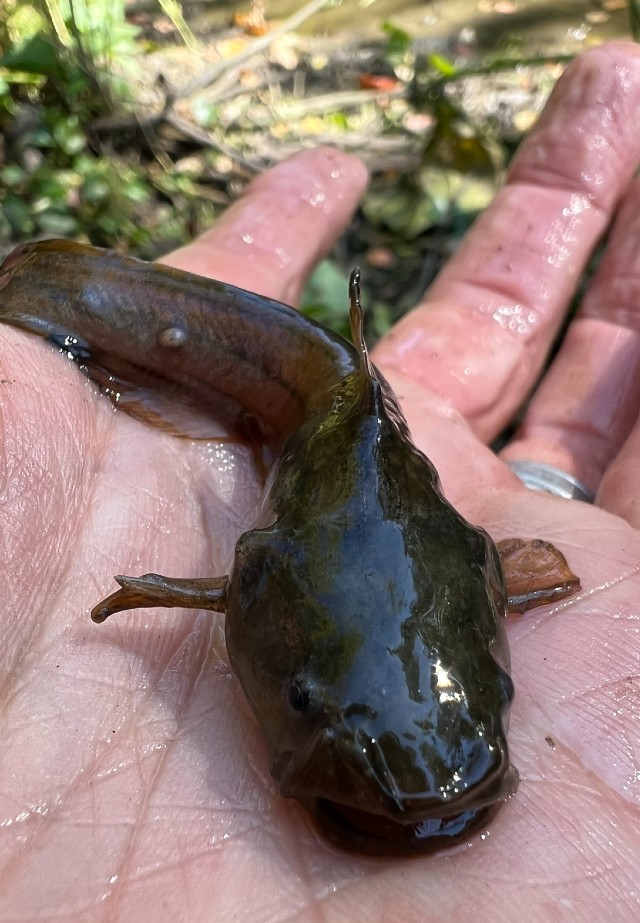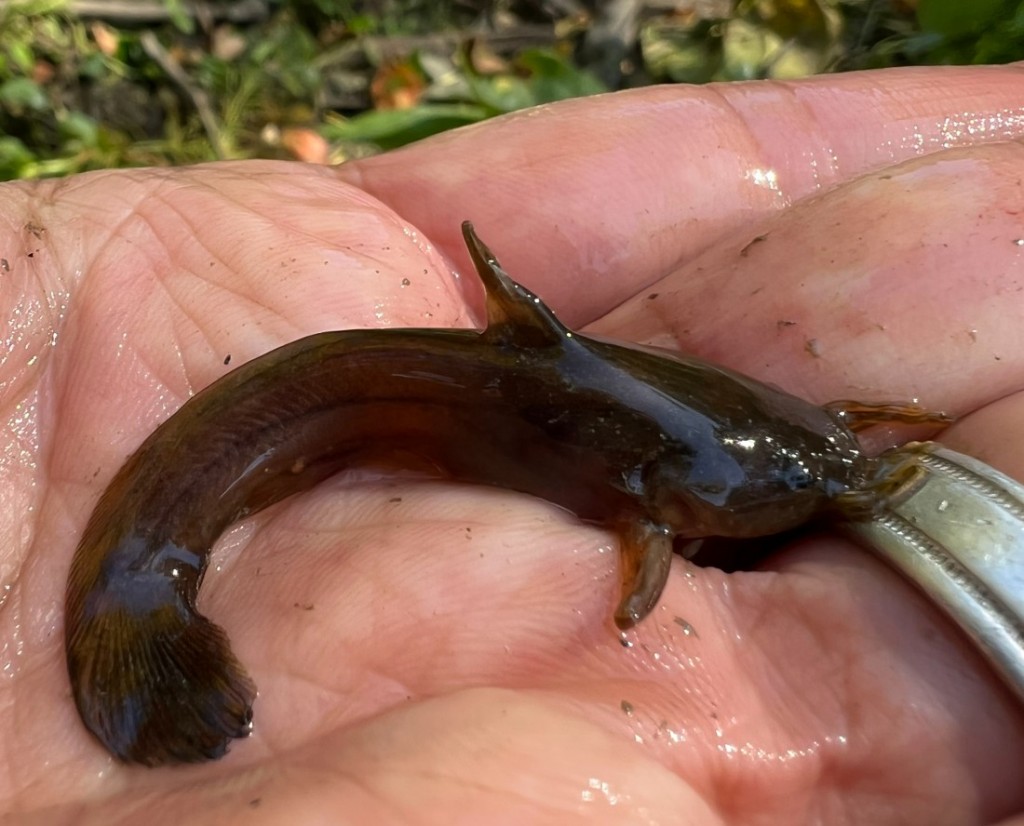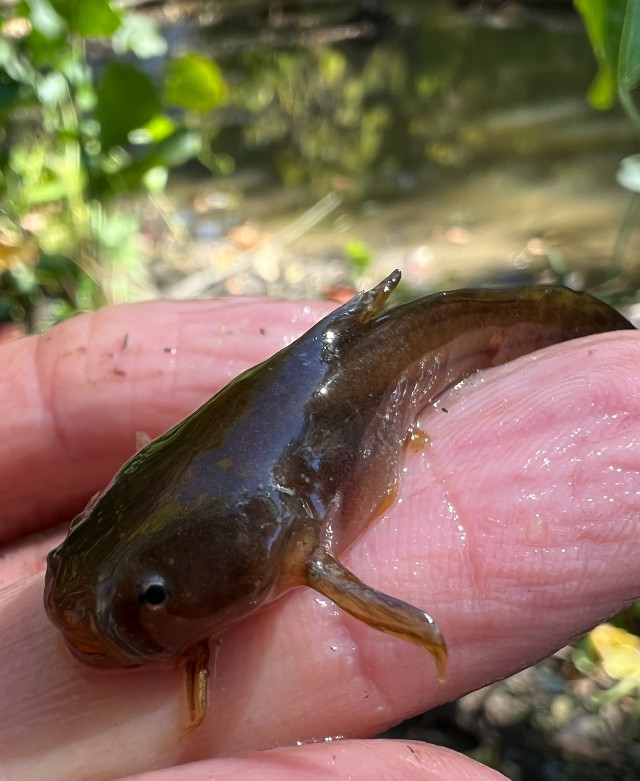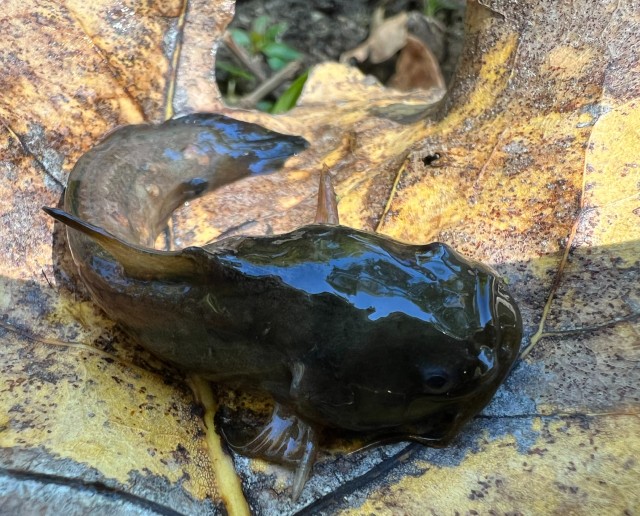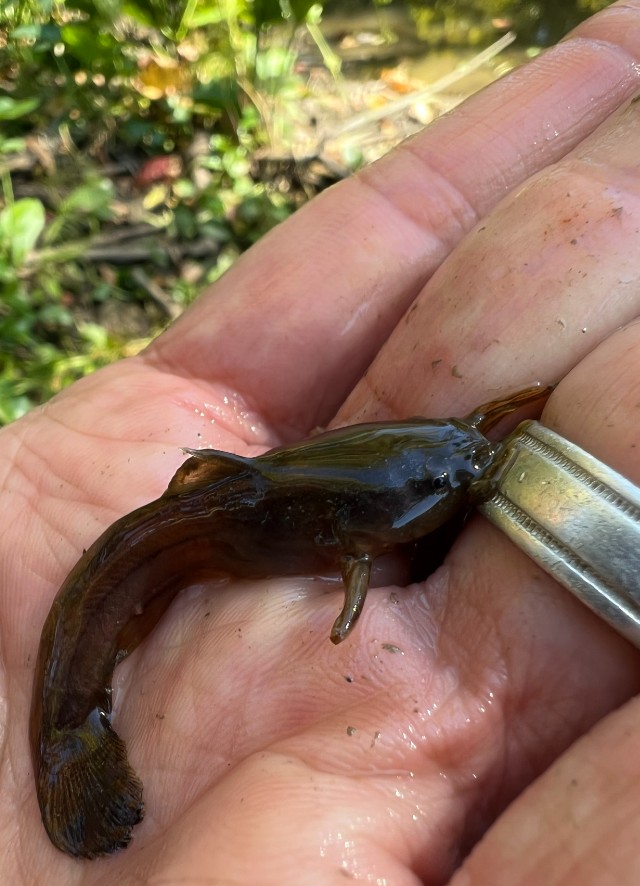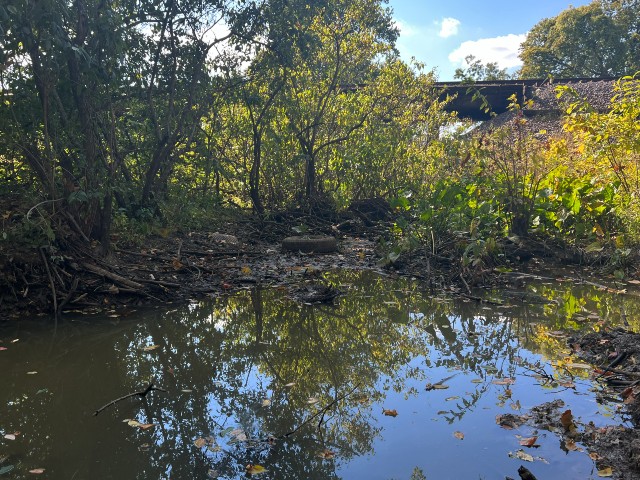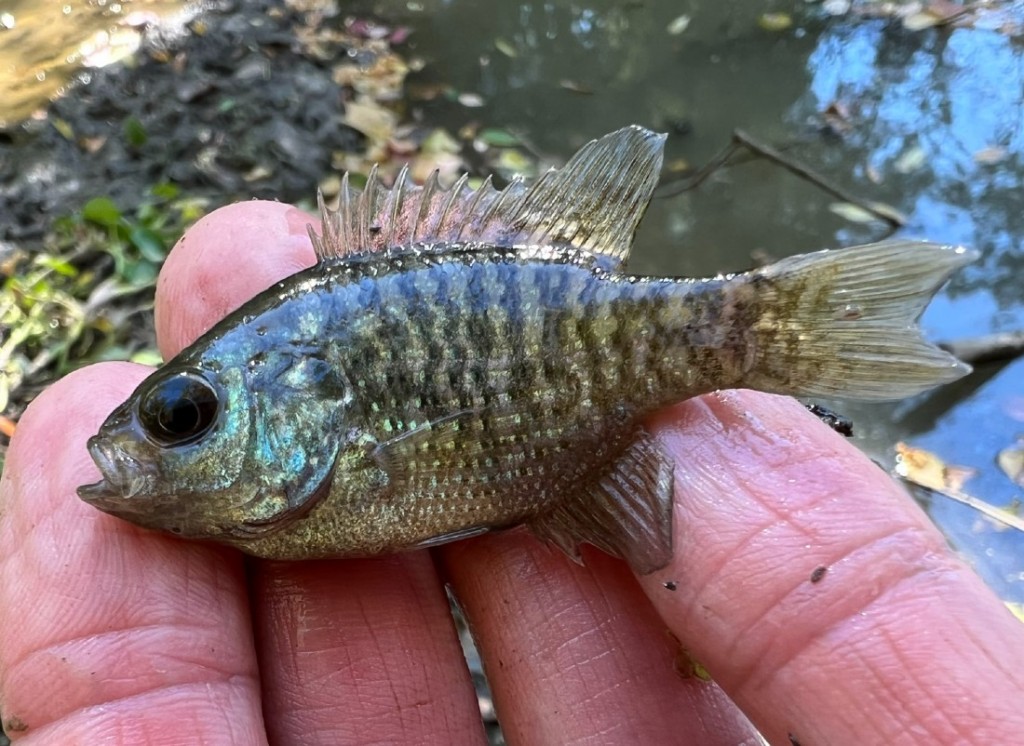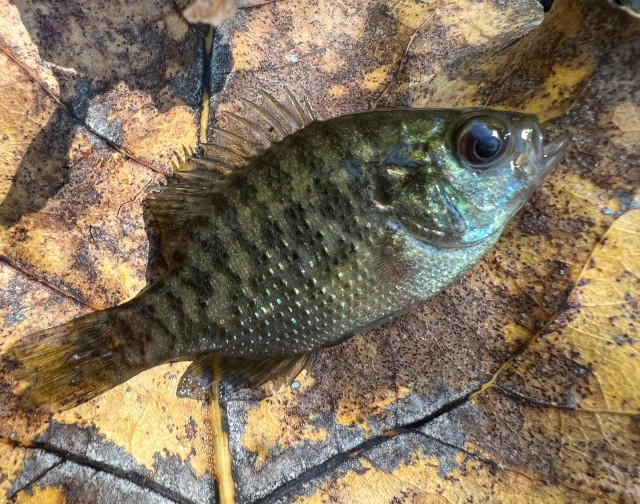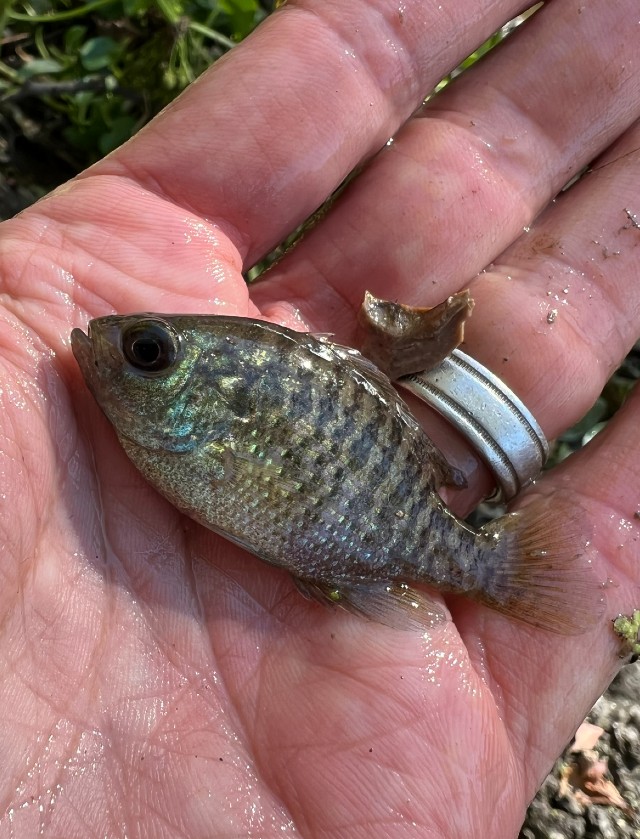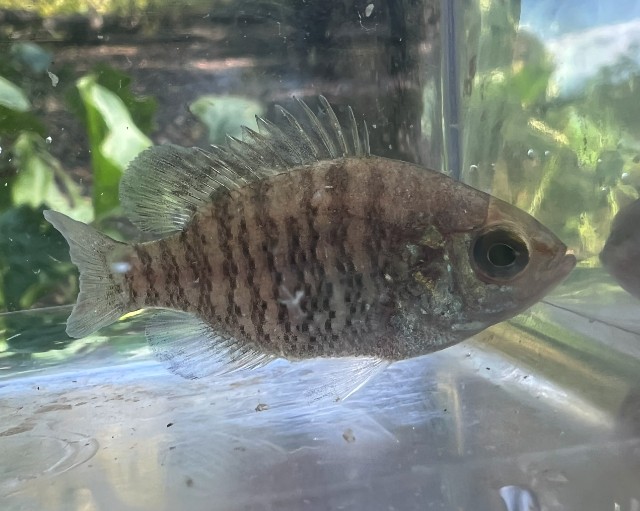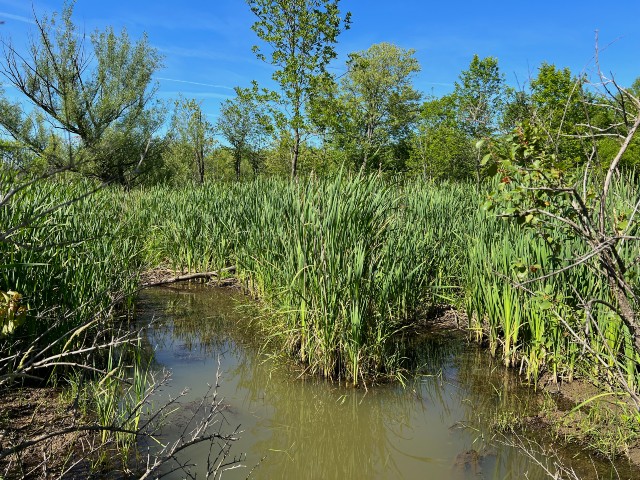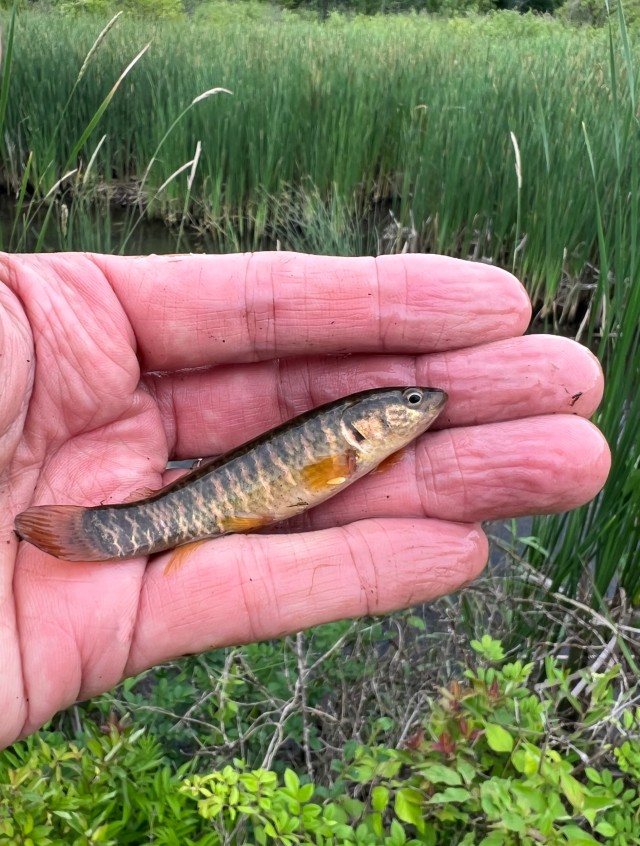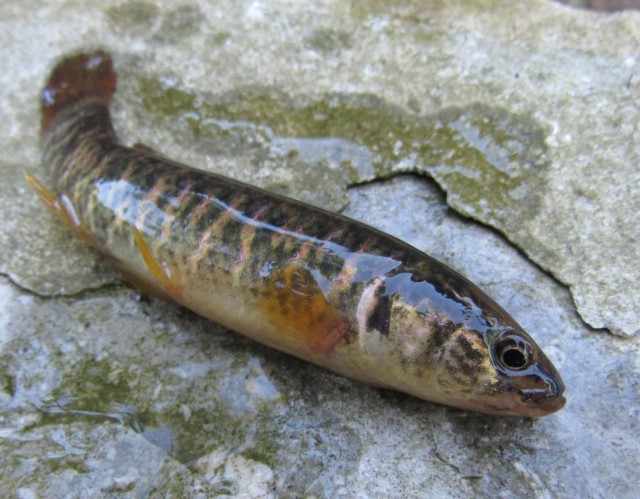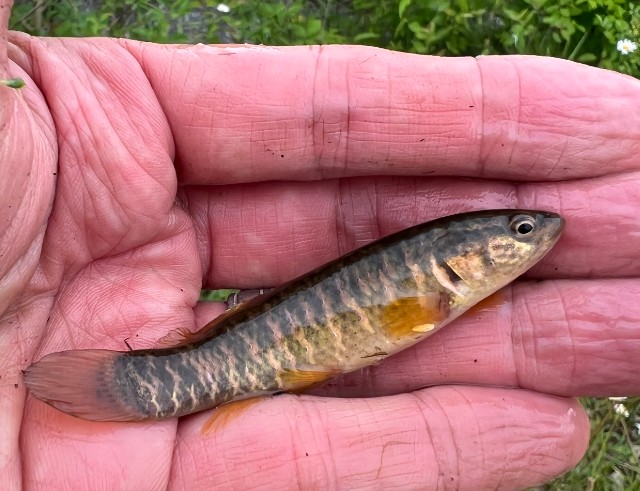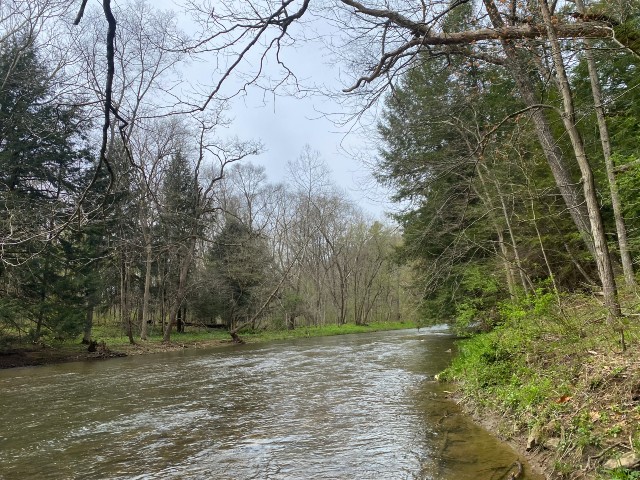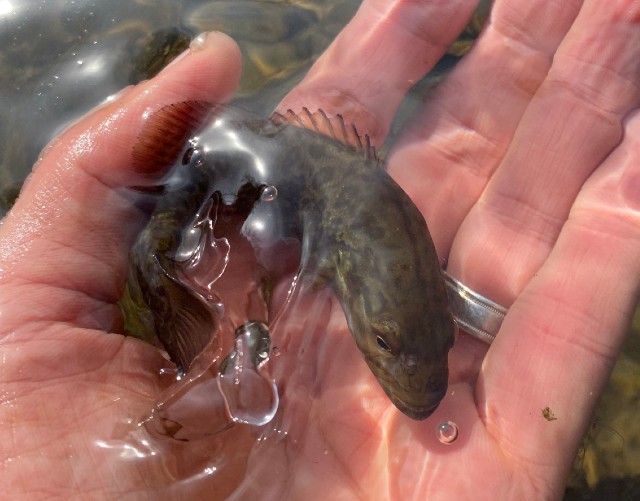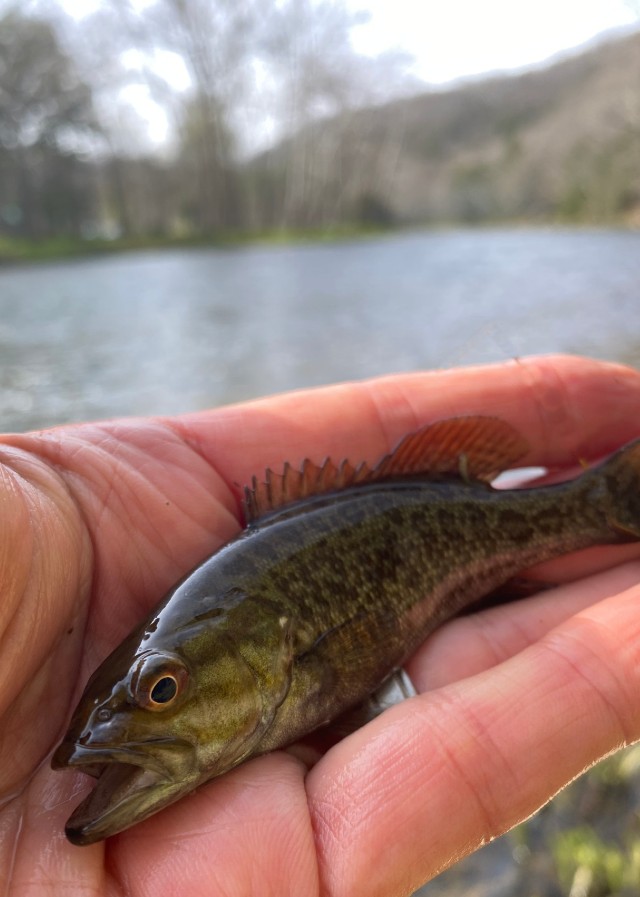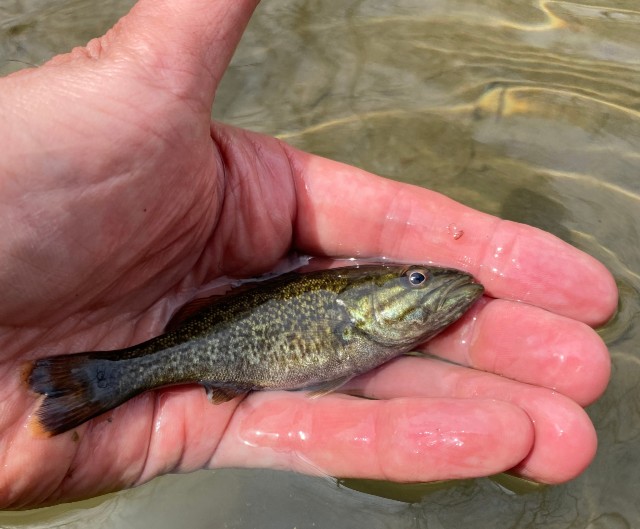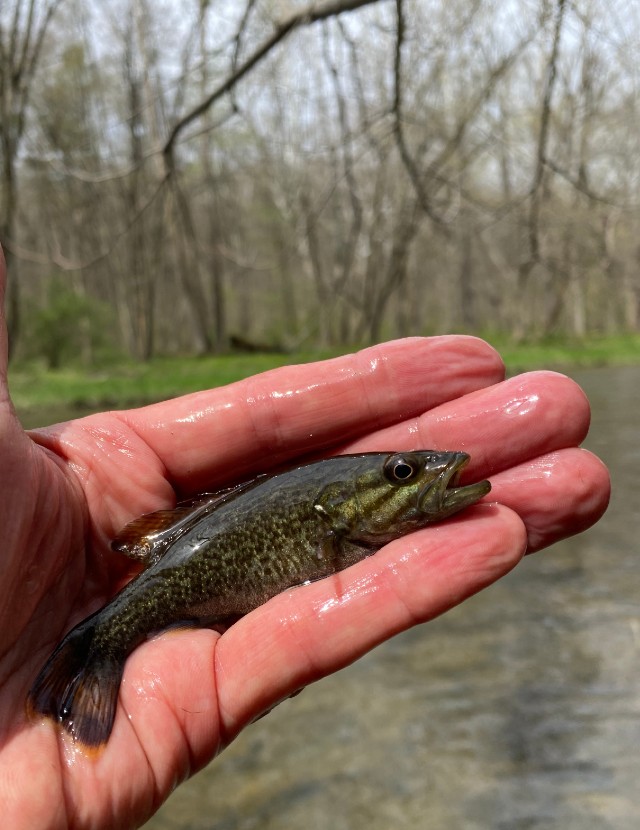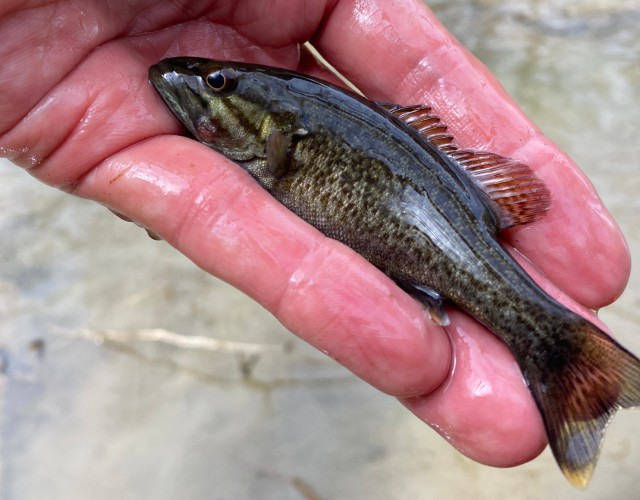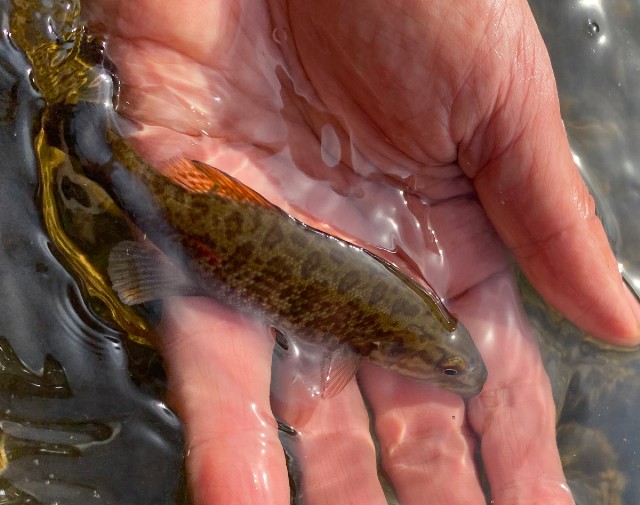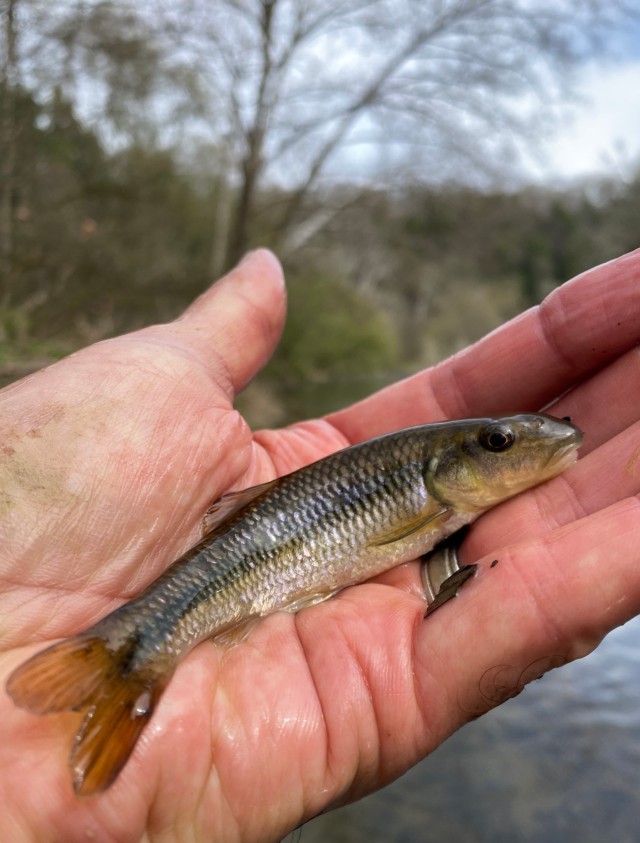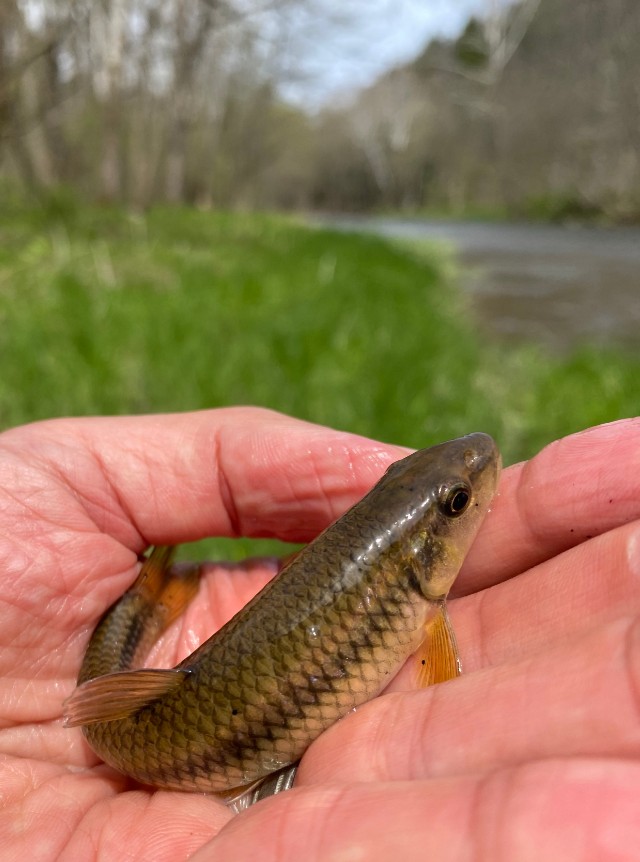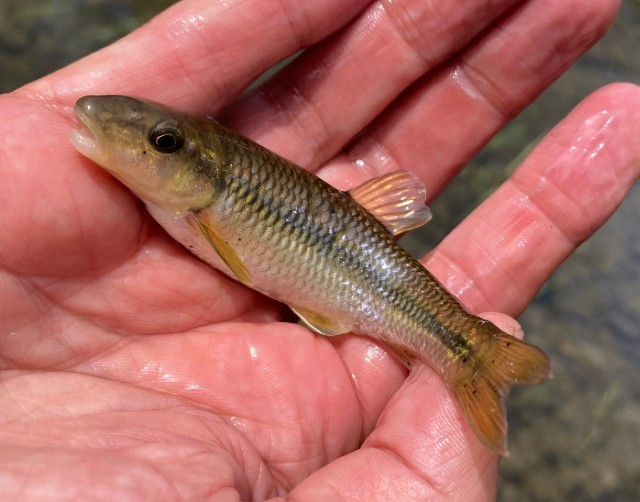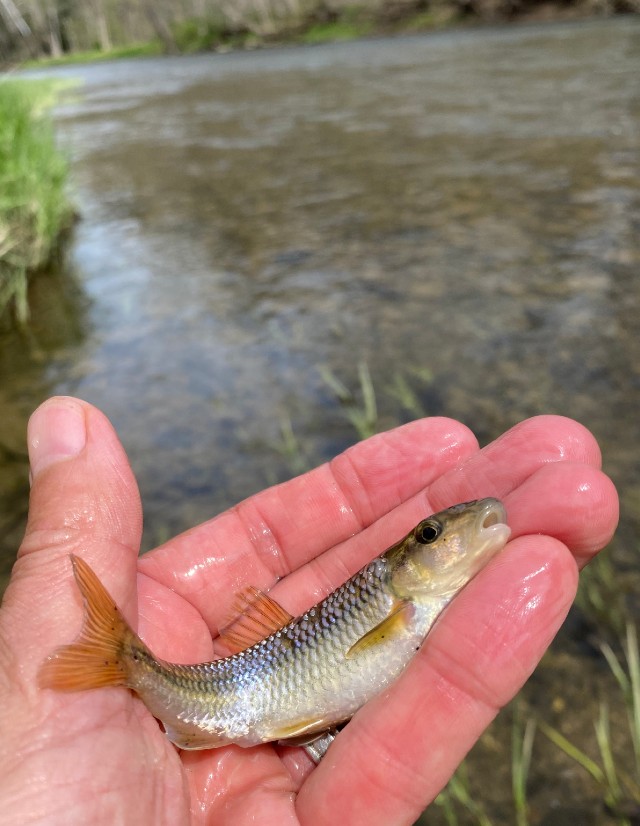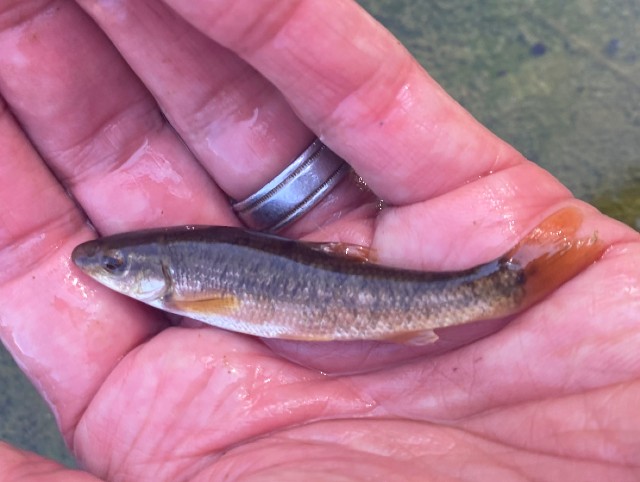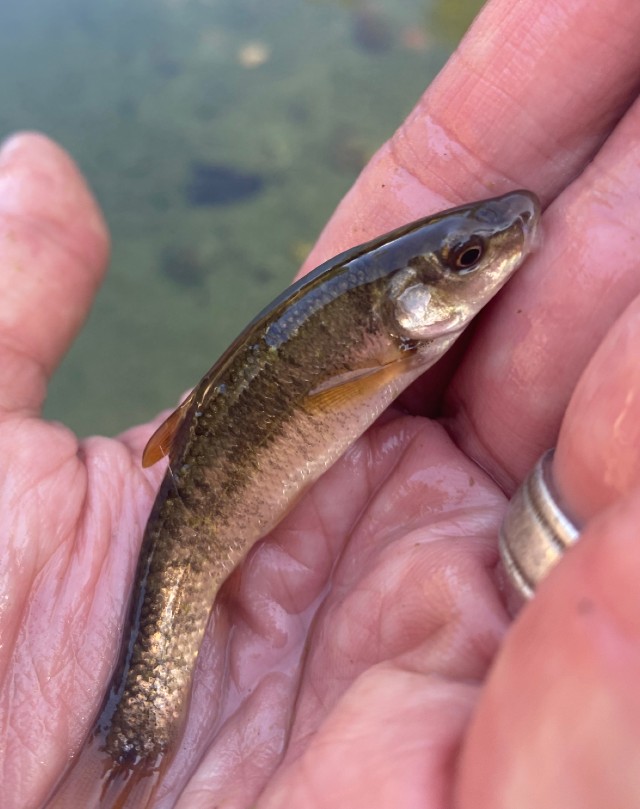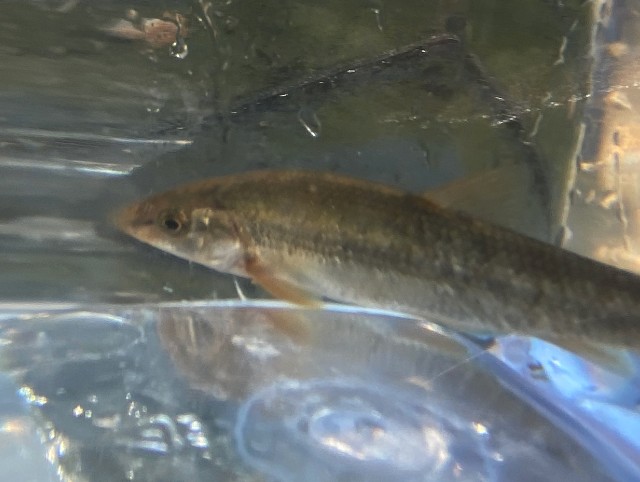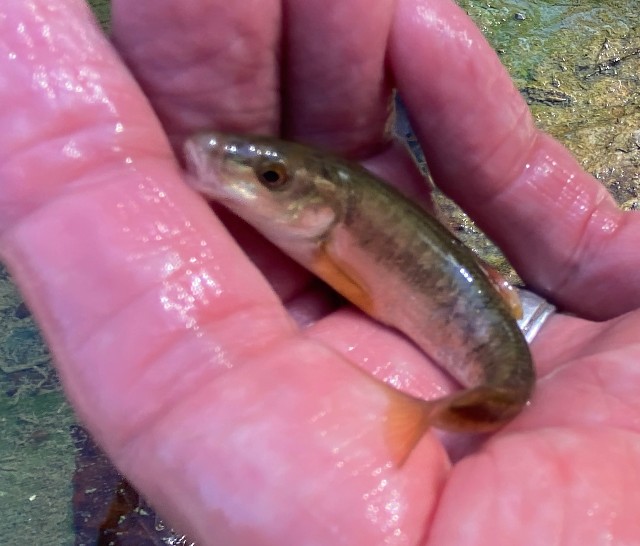While visiting Illinois this month, I came across a couple examples of this cool fish.
A member of the Herring Family, American Gizzard Shad is native to large swaths of fresh and brackish waters in the United States. Adults have a deep body, with a silvery-green coloration above, which fades to plain silver below. Although they can grow as long as eighteen to even twenty inches long, they are often in the range of eight to fourteen inches.
This fish is so named because it possesses a gizzard-like organ, a sack filled with rocks or sand, that aids the animal in the breakdown of consumed food. The American Gizzard Shad inhabits a variety of quiet-water habitats, including natural lowland lakes and ponds, artificial impoundments, and the pools and backwaters of streams and rivers.
It is most active at dusk and at night. American Gizzard Shad travel in large, constantly moving schools near the water’s surface and frequently leap clear of the water or skip along the surface on their sides, earning it its other common name “Skipjack.”
American Gizzard Shad are filter feeders that eat mostly plant material, phytoplankton, and algae. To eat, they take water or mud into their mouths and then strain it though a set of rakes on their gills. Water and sediment are removed, and food is captured and eaten.
Because of their small size and relatively high abundance, this species has been introduced into many lake and river systems as a source of food for game fish, such as Walleye, Bass, and Trout.
It was cool to net a couple of examples of this neat creature while on my herping adventure.

